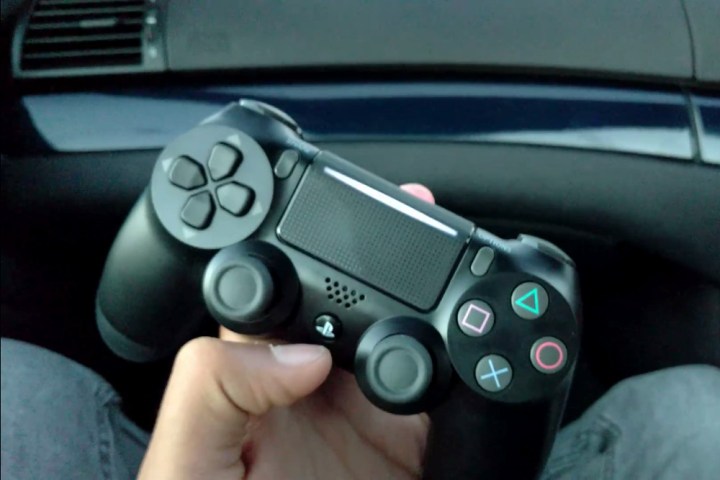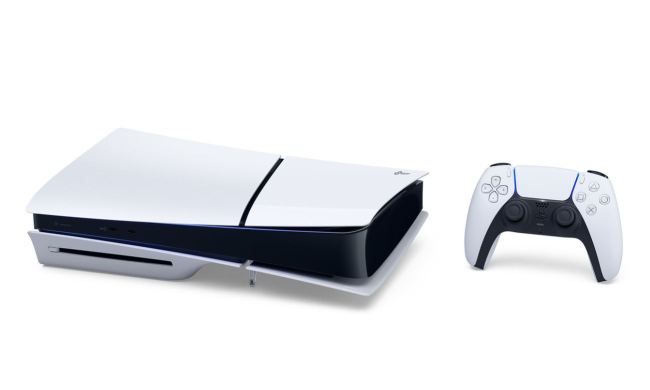
Why is this important? Consider these bands as highways. The 2.4GHz spectrum is used by nearly every product in the home, from smartphones to laptops to any gadget that needs wireless communication. These lanes are jam-packed full of data traveling back and forth, and that doesn’t even include the congested roads your neighbors are using in the same air space. Thus, all that invisible 2.4GHz congestion can get frustratingly annoying, slowing down and even disconnecting streams.
Access to the 5GHz band is somewhat new compared to the 2.4GHz band, which threw its doors open wide to the general consumer with the rollout of Wireless-N. Dual-band gadgets are now the mainstream, allowing owners to pick the less congested of the two. The 5GHz spectrum is not only quicker because it’s less congested, but it’s faster than the 2.4GHz spectrum in general. For instance, an AC1900-class router can pump out 600MB per second on the 2.4GHz band and 1300MB per second on the 5GHz band.
However, that speed comes with a cost: 5GHz has a hard time penetrating thick objects, like walls. Thus, both spectrums have their advantages and disadvantages; customers just have to find that balance between the PS4 Slim and other wireless devices in the same area. The 5GHz band is definitely ideal if customers have a dual-band router positioned really close to the console.
Sony’s PlayStation 4 arrived in late 2013 without dual-band networking support. This isn’t surprising given that it was cheaper to produce consoles with a single-band component three years ago, and that dual-band connectivity was just starting to become mainstream with mobile devices. Heck, the PlayStation Vita only supports the 2.4GHz band, and it shows when trying to stream a wired PlayStation 4 to Sony’s handheld.
The wireless module used in the current PlayStation 4 is provided by Marvell — the Avastar 88W8797 that was introduced for mobile devices in 2011 and supports Wireless-N and Bluetooth 2.1. Marvell also provides the Ethernet portion of the console, too, which supports wired gigabit speeds. If you want to do any remote play gaming, that console really needs to be wired directly to the router or modem for the best performance.
“This product has been designed to minimize the effect of other devices using the same range,” the leaked manual states. “However, in some cases, interference from other devices may reduce the connection speed, shorten the signal range, or cause the connection to be terminated unexpectedly. Only use 5GHz band wireless equipment indoors.”
If the PlayStation 4 is physically placed at a long distance from the router (the other end of the house for example), sticking with the 2.4GHz spectrum may be the ticket. If it’s really close to the router, switch over to 5GHz. Sony is updating the wireless component regardless, so users may see even better 2.4GHz connectivity performance with the updated Slim model, which is supposed to arrive in the next few months.



